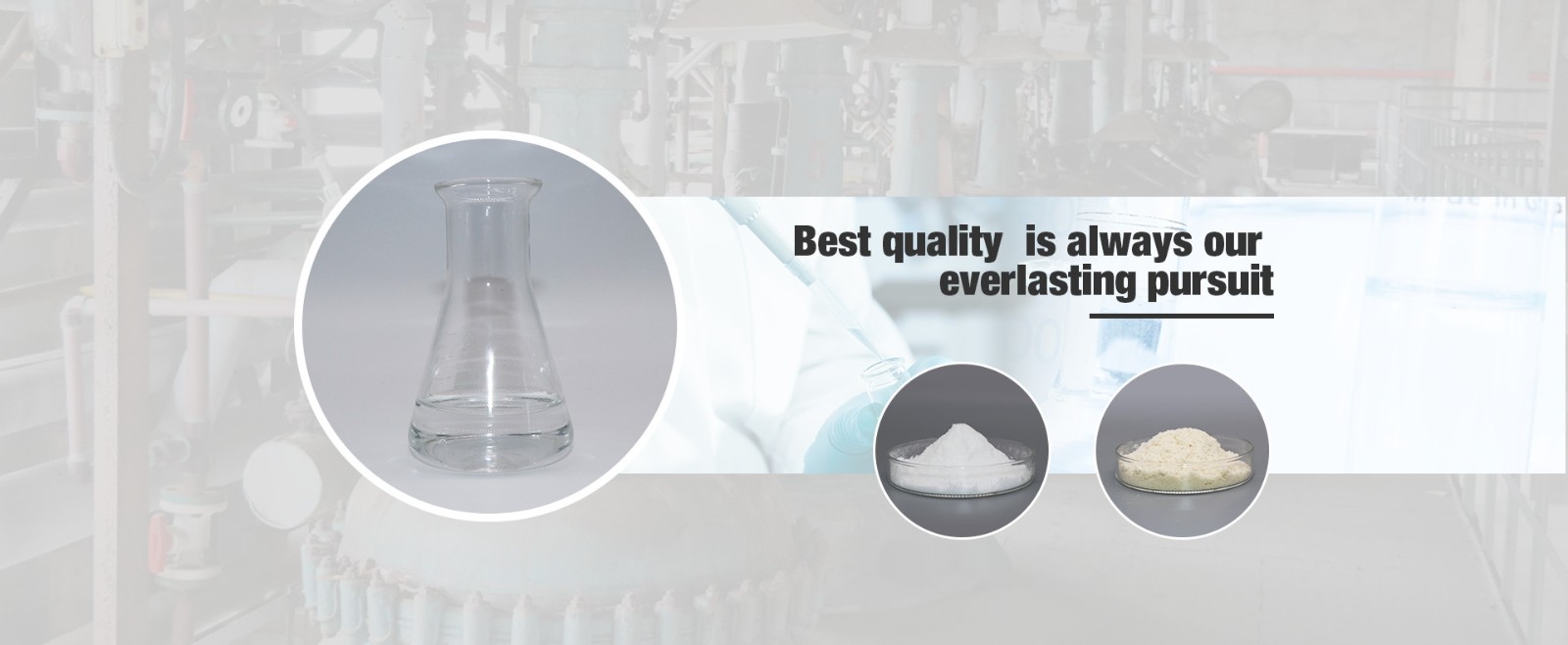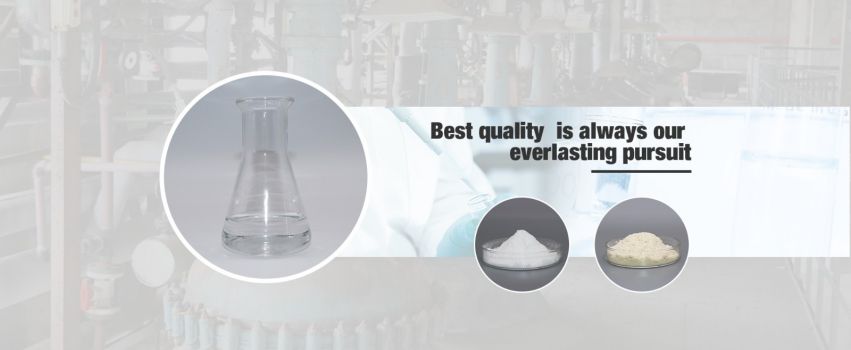What Is The Use of Sodium Picramate?
Apr. 09, 2022
A little henna history
The use of henna as a hair dye dates back to at least 1900 when European countries began importing henna from Turkey. At that time, Turks were already using 15,000 pounds of henna hair dye every year. People in Istanbul and Smyrna buy their henna hair dye in the same place where they buy most other goods: at the city's bazaars. The best option is at the main bazaar, where henna producers will sell many henna mixtures, or "rastiks", which can be produced in several shades of hair color.
The henna hair dye powder contains pure henna as well as various other plants such as indigo, depending on the color. There are no heavy metals or other toxins. Fire red and mahogany dyes also contain sodium picric acid. It would be impossible to achieve these colors in hair without small amounts of this chemical to help enhance the natural hair color and allow the henna to absorb it.
What is sodium picramate?
Sodium picramate is the sodium salt of picric acid. Picric acid is a dark red crystalline substance. Picric acid and sodium picric acid is widely used in hair dyes and colors around the world. Many experts agree that they are both safe to use on the hair.
Picramic acid, also known as 2-amino-4,6-dinitrophenol, is an acid obtained by neutralizing an alcoholic solution of picric acid with ammonium hydroxide. Hydrogen sulfide is then added to the resulting solution, which turns red, yielding sulfur and red crystals. These are the ammonium salts of picramic acid, from which it can be extracted using acetic acid.
Along with its sodium salt (sodium picramate), it is used in low concentrations in certain hair dyes, such as henna, it is considered safe for this use provided its concentration remains low. The main goal of this green color is to color hair in a gentle way while respecting the environment, and hair dyes naturally contain very small amounts of sodium picramate. The SCCS (Scientific Committee on Consumer Safety) has confirmed that sodium picramate has no negative consequences as used below the recommended upper limit of 0.6%.
So, why use sodium picramate in the first place?
Simply put, it dramatically reduces processing time. This is the key reason. Without this sodium picramate CAS: 831-52-7, Hair dyes' application time could take up to 4 hours to achieve the same results.
Why use henna hair dye?
One of the main reasons people still use henna hair dye is that it is natural. The deathly energy of henna comes from the plant itself, rather than using harsh, man-made chemicals to do its job. The henna compounds that provide other colors usually use other plants or minerals to make the changes. Unlike conventional chemical dyes, proper henna hair dyes can actually strengthen the hair. On the other hand, conventional chemicals can weaken the hair.
The use of henna hair dyes also provides social benefits. henna and its variants can be grown in places where other crops cannot be grown. It is also possible for people to grow it successfully on small family farms. Even if small farmers do not have land for typical crops such as corn or wheat, this is a good way for them to become self-sufficient. Fingernail flowers and similar dye crops are also suitable for ecological cultivation.
If you want to get more information about the sodium picramate, welcome to contact us today or request a quote.
-

CPHI & PMEC China (Shanghai) 2025 --- we are coming!
Mar. 14, 2025
-

Nice to meet you——CPHI 2024 Shanghai
Jul. 08, 2024




















